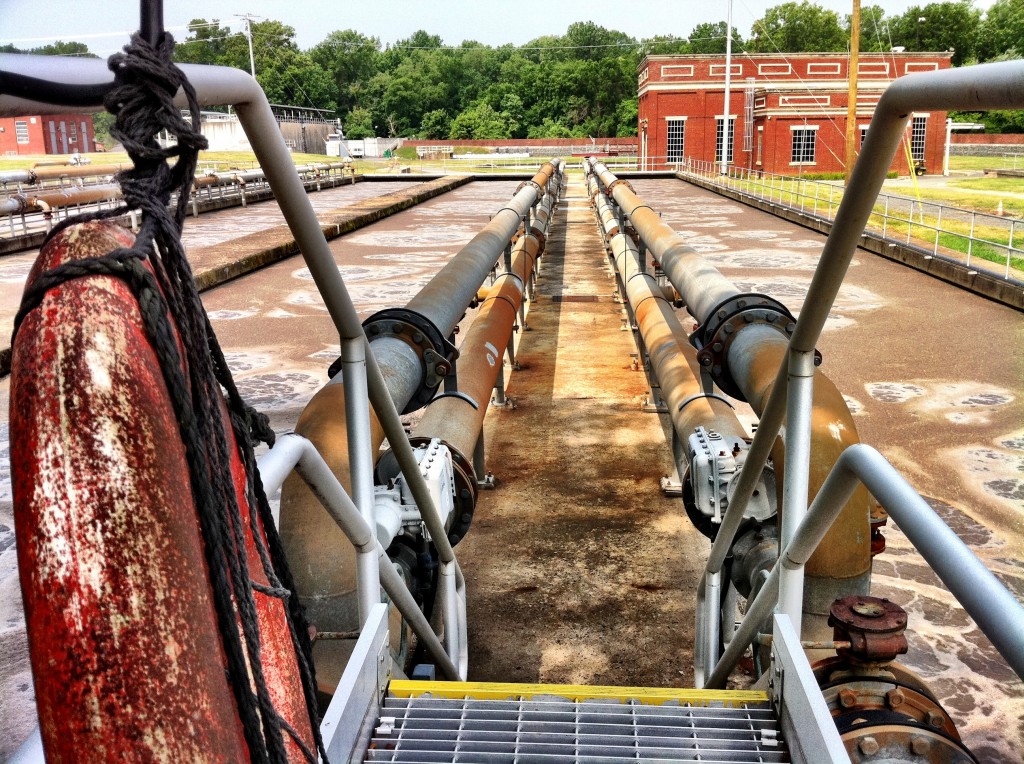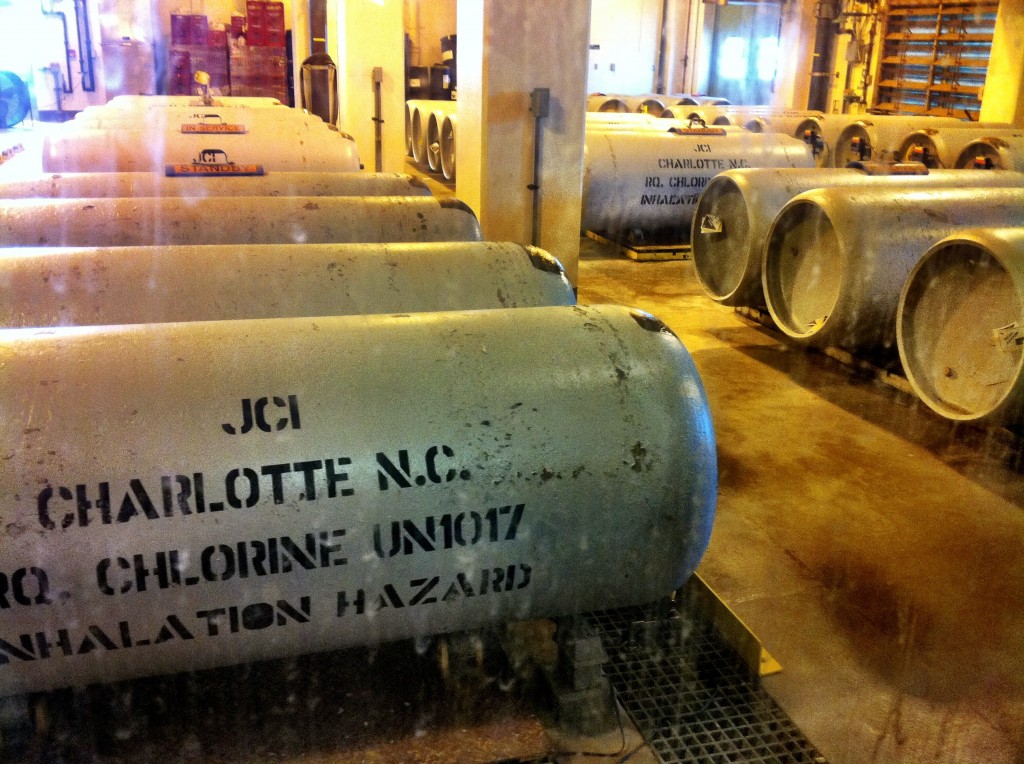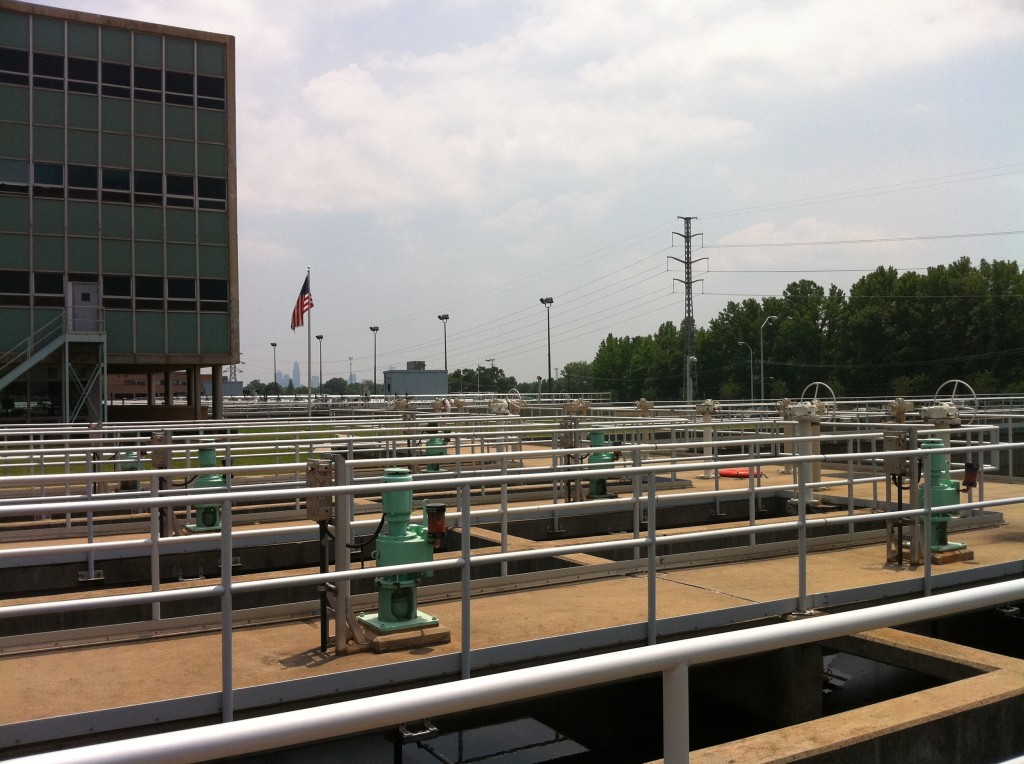A Council Workshop
I am writing you right now during the public hearing portion of a City Council workshop on Monday evening. It’s a packed house. There is an issue regarding the regulation of taxis that pick people up from Charlotte-Douglas International Airport that has compelled many, many area taxi drivers to come speak their peace to Council.
The meeting began with a special presentation from the long-time mayor of Charleston, SC, Joe Riley, on the subject of historical building preservation in city planning efforts. The only information I had heard prior to the presentation was that his PowerPoint had over 150 slides. I was therefore (I think justifiably) wary of sitting through it. However, my anxiety couldn’t have been more misplaced. He was wonderful and flew through those slides, speaking eloquently on the economic, aesthetic, and moral imperative placed on great cities to build and restore infrastructure that is beautiful and true to the historic character of the place. It was inspiring. Check out Riley’s ‘Mayor’s Institute on City Design.’
During Mayor Riley’s remarks, the local media slowly began creeping into the meeting room. Cameramen, with their heavy-duty tripods and cargo shorts, obscured the view of much of the audience while they dialed in their shots of the public podium. When a solemn contingent of Charlotte-Mecklenburg Police Department personnel quietly entered the room from a side door, including the Chief and Deputy Chief, the reason so much media was in attendance became clear. I don’t know if you’ve heard, but at the end of the Speed Street event last week, past 1:00am, shots were fired in Uptown and one person was killed. The Chief was at the workshop to formally brief Council on the specifics of the event.
The presentation was well done and incorporated GIS maps of Uptown illustrating police deployment levels and call and arrest locations for the evening. The ‘when it bleeds, it leads’ mantra was in full effect though, because as soon as the Chief finished, most of the cameras packed up and headed out to the news vans to beam their clips back to the studio from their roof mounted, thirty-foot telescoping satellite dishes.
I have been constructively (and fairly, accurately) criticized several times during meetings like these for my lack of a “poker face.” For whatever reason, deep seeded personality trait or learned, overly enthusiastic auto response, I often feel involuntarily compelled to react to the events of meetings, either with shock or confusion or nodding support, whatever my take on the subject may be. This is not a good trait to have as a member of city staff. I have been working on it, at locking on a close to the chest expression that is at once dour but with the slight curl of a good humored smile , but I have a long way to go. The budget director, alum Ruffin Hall, is a master, never revealing his personal thoughts in a meeting. This is in stark contrast to his actual personality, which is gregarious and winking. But when game time comes so does his game face.
This provides an interesting perspective on the old PA saw the political/administration dichotomy. In the early Wilsonian days of public administration, thinkers assumed a clean break between the respective worlds of politics and the bureaucracy. But in subsequent decades, scholars established that professional government managers often have profound influence over the outcomes of policy questions. This evidence was used to assert that the dichotomy was a lie: everything was politics. I didn’t like this conclusion in class and I like it even less now. My experience has led me to believe that the dichotomy is neither a concrete wall nor a floating divider of lanes in a swimming pool. It is rather something like the seating assignments of a symphony, everyone in their proper place, playing their proper role, not playing each others parts for fear of volatile discord. Certainly I can understand the impact a given virtuoso can have on the musical direction of the group, but that does not change the chain of command or the leadership role associated with the conductor’s riser (to extend the metaphor to its breaking point).
In Charlotte, Council engages in thorough and spirited debate and discussion in public meetings, arriving at policy decisions, requesting more information from staff, and forwarding further review to one of the variety of subcommittees on which all Council members serve. Staff and the public alike speak in response to direct questions from Council. Of course it is possible that the city manager or city attorney or budget director, all professional city staff, may have an effect on the Council’s thought process about a given issue. They are, after all, professional local government employees with decades of public sector experience. The entire Charlotte City Council is up for election every two years; new members may arrive with no public sector experience to speak of whatsoever. It is only natural that these elected individuals would make use of the expertise in their employ. But to extrapolate from that reality the idea that “everything is politics” ignores the reason I keep getting elbowed in the kidney during meetings when my eyes light up and my face expresses, well, anything. Council directs policy and staff is tasked with providing full and correct information. I have found these roles to be very pronounced.
Below are a number of photos from my most recent ride along with Charlotte waste water (sewer) and water treatment. It was a blazing humid day to be out in the sun, but again I had a blast.
Above: Vertical screens in those rectangular standing cupboards pull out the large chunks from the waste water. This was the smelliest part of the tour.
 Above: Once the solids have been removed, the waste water is poured over plastic media covered with a green bacteria that eats some of the bad stuff in the water.
Above: Once the solids have been removed, the waste water is poured over plastic media covered with a green bacteria that eats some of the bad stuff in the water.
 Above: Once the waste water has settled through the plastic media, it begins the aeration and chlorination process. Note the life preserver on the left. You’re going to want to go ahead and not fall in this pool.
Above: Once the waste water has settled through the plastic media, it begins the aeration and chlorination process. Note the life preserver on the left. You’re going to want to go ahead and not fall in this pool.
 Above: This is the scale of chlorine that is necessary to clean the waste water at this facility. It is one of five such facilities in Charlotte.
Above: This is the scale of chlorine that is necessary to clean the waste water at this facility. It is one of five such facilities in Charlotte.
Above: Our host made such a big deal of the security that is necessary when dealing with that much chlorine I couldn’t resist messing up all their switches and levels. It was an inside job! (Note: Obviously I’m kidding. I did not really touch anything.)
 Above: The water treatment facility was more uniform in its layout, just pool after pool of treated waste water being purified into tap water. You can see Uptown in the distance there, behind the flag pole.
Above: The water treatment facility was more uniform in its layout, just pool after pool of treated waste water being purified into tap water. You can see Uptown in the distance there, behind the flag pole.
 Above: And these are the final products. On the right is the output of the waste water plant, water that has been taken out of the gutter and improved dramatically, save the tint. On the left is the output of the water treatment plant, the tap water you drink, shower, and make pasta with.
Above: And these are the final products. On the right is the output of the waste water plant, water that has been taken out of the gutter and improved dramatically, save the tint. On the left is the output of the water treatment plant, the tap water you drink, shower, and make pasta with.




